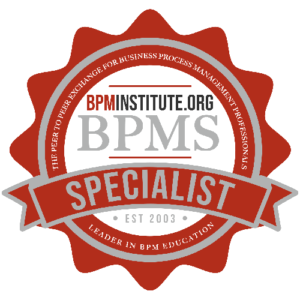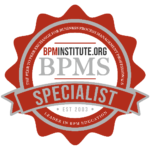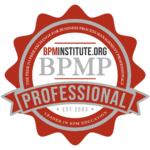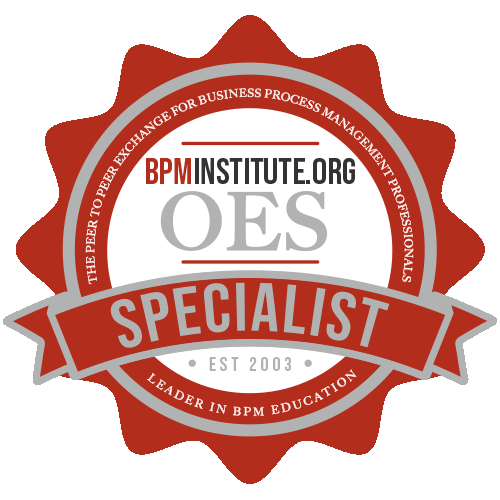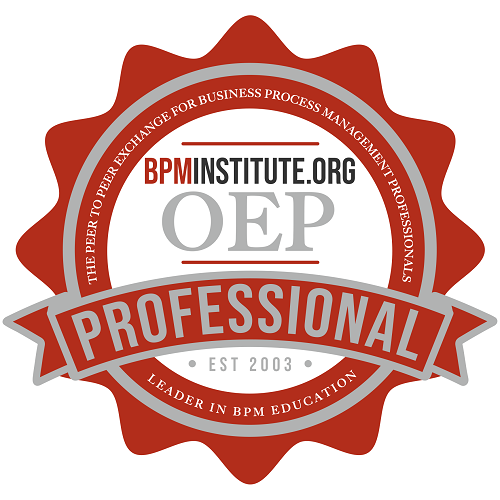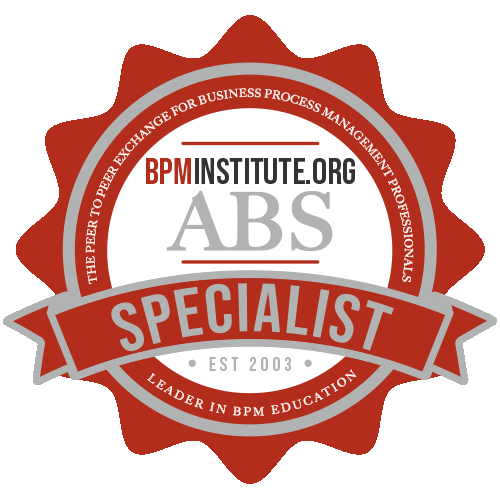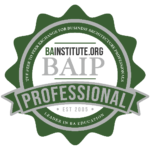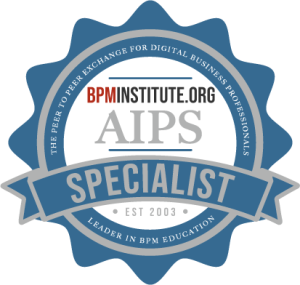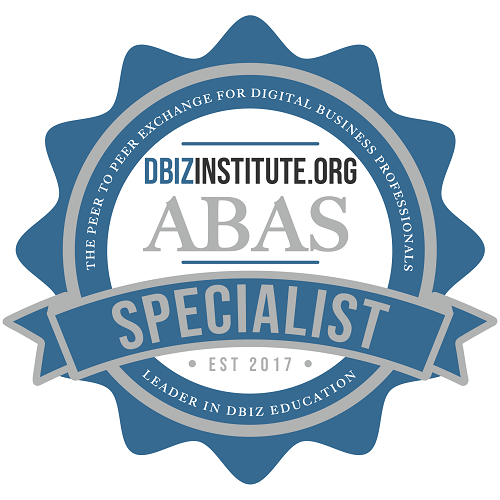Getting executive buy-in for process change is a lot of work.
And one of the fastest ways to earn it is to present a clear, well-structured business case. But most process professionals don’t have time to build those cases from scratch — or the confidence that they’ve included the right elements.
That’s where AI can help.
In this article, we’ll show you how to use ChatGPT to accelerate business case development, even if you’re not a proposal expert. You’ll learn how to go from fuzzy problem to boardroom-ready narrative — all while picking up the structure and strategy behind persuasive business cases.
Why You Need a Business Case (and What Goes In It)
A business case is the short, structured argument for why a change is needed, how it will help, and what the expected outcomes are.
Whether it’s formal or informal, executives expect to see:
- Problem Statement — What’s broken, slow, costly, or risky?
- Proposed Change — What’s your solution and why this one?
- Impact or Benefits — What outcomes will it drive (e.g. time saved, errors reduced, revenue unlocked)?
- Costs & Risks — What will it take to implement?
- Success Metrics — How will you track results?
Most business cases are delivered as slides or brief narratives — and this is where GPT can give you a major head start.
Using AI to Draft a Business Case for Process Improvement
You bring the thinking. Let AI handle the formatting, phrasing, and early structure.
Step 1: Start with a Basic Input
Give GPT a short description of:
- The process problem or pain
- What you’re proposing (even loosely)
- The audience (e.g., CFO, VP of Ops, project sponsor)
Then try prompts like:
“Write a 1-page business case to justify improving our manual procurement process. Highlight lost time, cost inefficiencies, and potential ROI.”
“Create a slide outline for a process improvement case targeting executive stakeholders. Keep it sharp and benefit-driven.”
“Turn this list of pain points into bullets for a business case: missed SLAs, duplicated effort, delayed billing.”
Step 2: Expand or Refine Sections
Once you’ve got a rough draft, go deeper:
- “Rewrite this in more executive language.”
- “Add metrics or benchmarks to strengthen the benefits section.”
- “Suggest 3 risks to consider and how to mitigate them.”
You can even ask GPT to reformat:
“Turn this into a side-by-side comparison table of current vs future state.”
“Summarize this entire case in 4 bullets for a busy exec.”
Quick AI-Powered Template You Can Reuse
Use this as a checklist or feed it directly into GPT:
- Problem Statement —
What’s wrong, and why it matters (time, cost, errors, risk)?
- Proposed Change —
What do you recommend, and how is it better?
- Impact/Benefit —
What will improve? Include examples or data if you have it.
- Risks/Assumptions —
What could go wrong? What’s uncertain?
- Success Metrics —
How will we know it worked?
Bringing It All Together
You don’t need to be a proposal writer to build a credible, compelling case. You just need the core content — and a fast, flexible way to shape it for your audience.
That’s where AI earns its keep.
In less than 30 minutes, you can:
- Draft an executive summary
- Build slides or talking points
- Translate technical pain into business value
And if you do that consistently? You won’t just get buy-in — you’ll get invited back to lead more changes.




